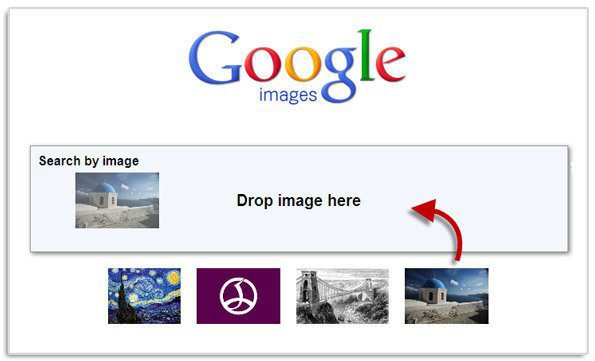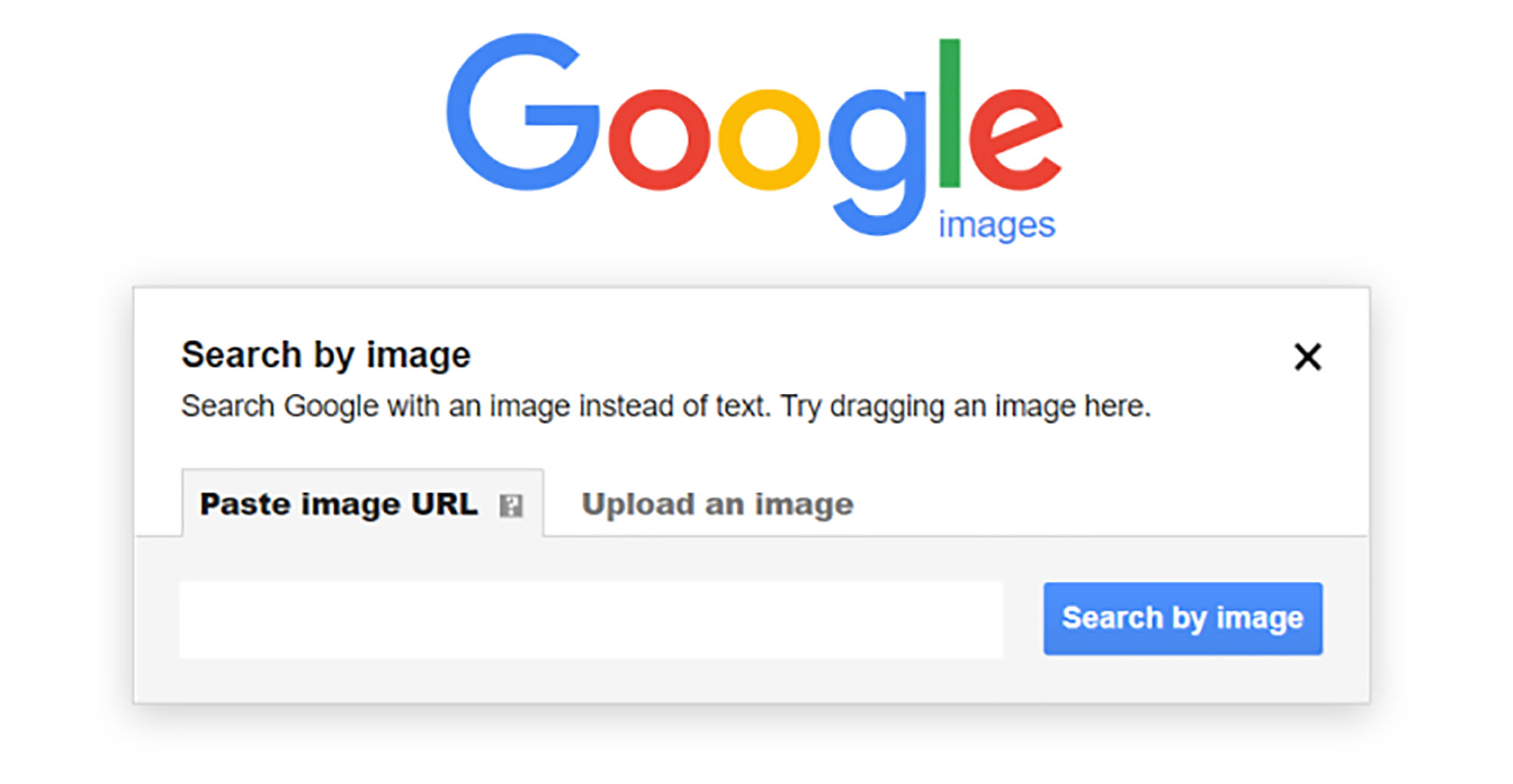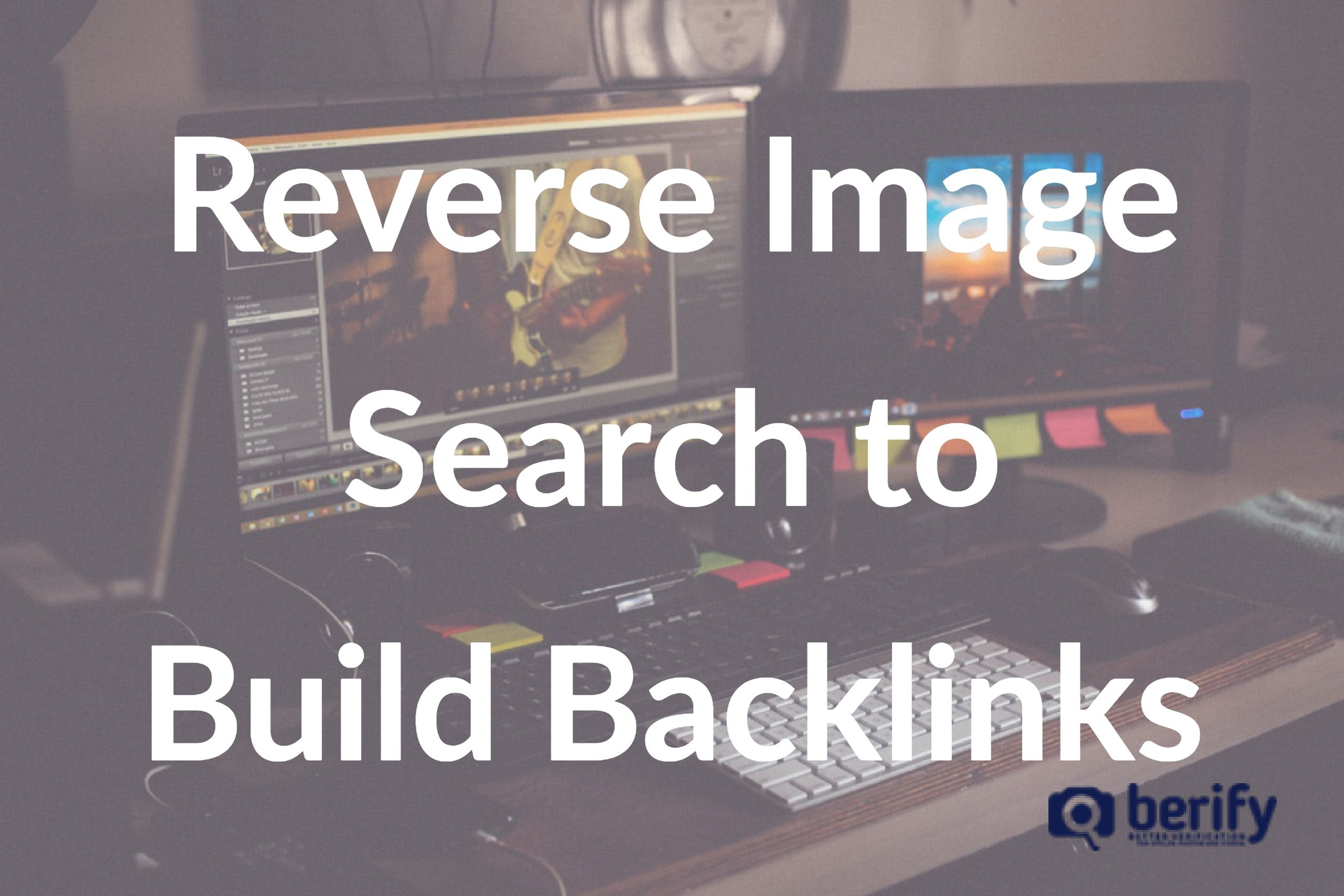What is Reverse Image Search and How Does it Work?
Reverse image search is a powerful technology that enables users to find videos from pictures by analyzing the visual content of an image. This technique has numerous applications, including finding the source of an image, identifying similar images, and even tracking down videos that feature a specific image. For instance, a journalist might use reverse image search to find the original video footage of a news event, while a marketer might use it to identify the source of a viral image. By leveraging reverse image search, users can unlock a wealth of information and insights that would be difficult or impossible to obtain through traditional search methods.
The process of reverse image search involves uploading an image to a search engine or specialized tool, which then analyzes the image’s visual features, such as shapes, colors, and textures. This analysis is typically performed using sophisticated algorithms and machine learning techniques, which enable the search engine to identify similar images and videos. By searching for videos that feature the same or similar images, users can effectively find a video from a picture. This technology has far-reaching implications for various industries, including media, marketing, and education, where visual content plays a critical role.
One of the key benefits of reverse image search is its ability to help users find videos that might be difficult or impossible to locate through traditional search methods. For example, a user might have a screenshot from a video, but not know the title or any other identifying information. By using reverse image search, they can upload the screenshot and find the original video, even if it’s not easily searchable. This technique can also be used to identify the source of an image, which can be useful for verifying the authenticity of visual content.
Overall, reverse image search is a powerful tool that can help users find videos from pictures, identify similar images, and unlock a wealth of information and insights. By leveraging this technology, users can gain a deeper understanding of visual content and make more informed decisions in a variety of contexts.
How to Find a Video from a Picture Using Google Images
Google Images is a powerful tool for finding videos from pictures, and its “Search by image” feature makes it easy to get started. To use this feature, follow these steps:
1. Go to Google Images and click on the camera icon in the search bar.
2. Upload the image you want to search for by clicking on “Upload an image” and selecting the file from your computer.
3. Google Images will then analyze the image and provide a list of search results, including videos that feature the same or similar images.
4. To filter the results to find videos, click on the “Videos” tab at the top of the page.
5. You can further refine your search by using the “Tools” menu to select specific video sources, such as YouTube or Vimeo.
By following these steps, you can use Google Images to find a video from a picture and unlock a wealth of information and insights. This technique is particularly useful for finding videos that are difficult to locate through traditional search methods, such as videos that are not well-indexed or have limited metadata.
For example, a journalist might use Google Images to find a video of a news event by uploading a screenshot from the video. By analyzing the image, Google Images can identify similar videos and provide a list of search results, including the original video. This technique can save time and effort, and help journalists to verify the authenticity of visual content.
In addition to finding videos, Google Images can also be used to identify the source of an image, which can be useful for verifying the authenticity of visual content. By analyzing the image, Google Images can identify similar images and provide a list of search results, including the original source of the image.
Alternative Tools and Websites for Reverse Image Search
In addition to Google Images, there are several alternative tools and websites that offer reverse image search capabilities. These tools can be useful for finding videos from pictures, especially if Google Images is not yielding the desired results.
TinEye is a popular reverse image search engine that allows users to upload an image or enter the URL of an image to search for similar images and videos. TinEye has a large database of images and can be used to find videos from pictures, as well as to identify the source of an image.
Bing Visual Search is another reverse image search engine that allows users to upload an image or enter the URL of an image to search for similar images and videos. Bing Visual Search also offers a feature called “Visual Search” that allows users to search for images and videos using a visual query, rather than a text-based query.
Yandex Images is a Russian search engine that offers a reverse image search feature. Yandex Images allows users to upload an image or enter the URL of an image to search for similar images and videos. Yandex Images also offers a feature called “Image Search” that allows users to search for images and videos using a visual query.
Other alternative tools and websites for reverse image search include Baidu Image Search, Sogou Image Search, and IQDB. These tools can be useful for finding videos from pictures, especially if Google Images is not yielding the desired results.
When using alternative tools and websites for reverse image search, it’s essential to consider the features and effectiveness of each tool. For example, TinEye has a large database of images, but may not be as effective for finding videos from pictures. Bing Visual Search, on the other hand, offers a feature called “Visual Search” that can be useful for finding videos from pictures.
Ultimately, the choice of tool or website will depend on the specific needs and goals of the user. By considering the features and effectiveness of each tool, users can find the best tool for their needs and achieve their goals.
Using Social Media and Online Platforms to Find Videos from Pictures
Social media platforms like Facebook, Twitter, and Instagram can be a valuable resource for finding videos from pictures. By leveraging the power of social media, users can tap into a vast network of images and videos that can help them find what they’re looking for.
One way to use social media to find videos from pictures is to use hashtags. Hashtags are keywords or phrases that are preceded by the “#” symbol, and they can be used to categorize and make posts discoverable on social media platforms. By using relevant hashtags, users can increase the visibility of their posts and attract the attention of others who may be able to help them find the video they’re looking for.
Another way to use social media to find videos from pictures is to use image recognition features. Many social media platforms, including Facebook and Twitter, offer image recognition features that can help users identify images and videos that are similar to the one they’re looking for. By using these features, users can quickly and easily find videos that match the image they’re searching for.
Online communities can also be a valuable resource for finding videos from pictures. Many online communities, such as Reddit and Quora, have dedicated forums and discussion groups where users can ask for help finding videos from pictures. By participating in these communities and asking for help, users can tap into the collective knowledge and expertise of others and increase their chances of finding the video they’re looking for.
For example, a user might post a picture on Facebook and ask their friends if they know where the video is from. Alternatively, they might join a Reddit community dedicated to identifying videos from pictures and ask for help from the community. By leveraging the power of social media and online communities, users can find videos from pictures and achieve their goals.
When using social media and online platforms to find videos from pictures, it’s essential to be strategic and targeted in your approach. By using relevant hashtags, image recognition features, and online communities, users can increase their chances of finding the video they’re looking for and achieve their goals.
Image Recognition Technology: The Science Behind Reverse Image Search
Reverse image search is made possible by advanced image recognition technology, which enables computers to identify and analyze visual content. This technology is based on complex algorithms and machine learning techniques that allow computers to learn from large datasets of images and videos.
One of the key technologies behind reverse image search is computer vision, which is a field of artificial intelligence that focuses on enabling computers to interpret and understand visual data. Computer vision algorithms can analyze images and videos, identify patterns and features, and recognize objects and scenes.
Another important technology behind reverse image search is machine learning, which is a type of artificial intelligence that enables computers to learn from data. Machine learning algorithms can be trained on large datasets of images and videos, allowing them to learn patterns and features that can be used to identify and recognize visual content.
Image recognition algorithms are also a crucial part of reverse image search technology. These algorithms can analyze images and videos, identify features and patterns, and recognize objects and scenes. Image recognition algorithms can be used to identify images and videos that are similar to a given image, allowing users to find videos from pictures.
For example, a user might upload a picture of a famous landmark to a reverse image search engine. The engine would then use image recognition algorithms to analyze the image, identify features and patterns, and recognize the landmark. The engine would then search for videos that feature the same landmark, allowing the user to find videos from the picture.
Reverse image search technology has many applications beyond finding videos from pictures. It can be used in fields such as journalism, marketing, and education, where visual content is a critical component of communication and storytelling.
By understanding the science behind reverse image search, users can better appreciate the power and potential of this technology. Whether you’re a journalist, marketer, or educator, reverse image search can be a valuable tool for finding and using visual content.
Common Challenges and Limitations of Reverse Image Search
While reverse image search can be a powerful tool for finding videos from pictures, there are several common challenges and limitations that users should be aware of. One of the most significant challenges is image quality. If the image is of poor quality or is not clear, it can be difficult for the reverse image search engine to accurately identify the image and find relevant videos.
Another challenge is copyright issues. Some images may be copyrighted, and using them for reverse image search may infringe on the copyright holder’s rights. Users should always ensure that they have the necessary permissions or licenses to use an image for reverse image search.
The risk of misinformation is also a significant challenge. Reverse image search engines can sometimes return false or misleading results, especially if the image is not clear or is not accurately labeled. Users should always verify the accuracy of the results and use multiple sources to confirm the information.
To overcome these challenges, users can take several steps. First, they can ensure that the image is of high quality and is clear and well-lit. They can also use multiple reverse image search engines to verify the results and increase the chances of finding accurate information.
Additionally, users can use critical thinking and media literacy skills to evaluate the results and identify potential biases or inaccuracies. They can also use fact-checking websites and other sources to verify the information and ensure that it is accurate.
By being aware of the common challenges and limitations of reverse image search, users can take steps to overcome them and use this powerful tool effectively. Whether you’re a journalist, marketer, or educator, reverse image search can be a valuable tool for finding videos from pictures and achieving your goals.
For example, a journalist might use reverse image search to find videos of a news event, but they should also verify the accuracy of the results and use multiple sources to confirm the information. A marketer might use reverse image search to find videos of a product, but they should also ensure that they have the necessary permissions or licenses to use the image.
By using reverse image search effectively and being aware of the potential challenges and limitations, users can achieve their goals and find the information they need.
Real-World Applications of Reverse Image Search for Videos
Reverse image search for videos has a wide range of real-world applications across various industries. In journalism, reverse image search can be used to find videos of news events, verify the authenticity of images, and track down sources.
For example, a journalist might use reverse image search to find videos of a natural disaster, such as a hurricane or earthquake. By uploading an image of the disaster, the journalist can find videos that show the extent of the damage and provide a more comprehensive understanding of the event.
In marketing, reverse image search can be used to find videos of products, track down copyright infringement, and monitor brand mentions. For instance, a marketer might use reverse image search to find videos of a new product launch, and then use that information to create targeted advertising campaigns.
In education, reverse image search can be used to find videos that illustrate complex concepts, provide visual aids for students, and enhance the learning experience. For example, a teacher might use reverse image search to find videos of historical events, scientific experiments, or cultural practices.
Reverse image search can also be used in other fields, such as law enforcement, where it can be used to track down suspects, identify crime scenes, and analyze evidence. In the medical field, reverse image search can be used to find videos of medical procedures, track down diseases, and analyze medical images.
Overall, reverse image search for videos is a powerful tool that can be used in a wide range of applications. By leveraging this technology, users can find videos from pictures, verify the authenticity of images, and track down sources.
For instance, a user might use reverse image search to find videos of a famous landmark, and then use that information to plan a trip. Another user might use reverse image search to find videos of a product, and then use that information to make a purchasing decision.
By showcasing real-world applications of reverse image search for videos, users can see the potential of this technology and how it can be used to achieve specific goals.
Best Practices for Using Reverse Image Search Effectively
To get the most out of reverse image search, it’s essential to use the technique effectively. Here are some best practices to keep in mind:
First, choose a high-quality image that is clear and well-lit. Avoid using images that are blurry, distorted, or have a low resolution. This will help ensure that the reverse image search engine can accurately identify the image and find relevant videos.
Second, optimize your search query by using relevant keywords and phrases. This will help the reverse image search engine understand what you’re looking for and return more accurate results.
Third, verify the results by checking the source of the videos and ensuring that they are accurate and relevant. This will help you avoid misinformation and ensure that you’re getting the most out of the technique.
Fourth, use critical thinking and media literacy skills to evaluate the results and identify potential biases or inaccuracies. This will help you make informed decisions and avoid relying on misinformation.
Finally, be aware of the limitations of reverse image search and use it in conjunction with other research methods to ensure that you’re getting a comprehensive understanding of the topic.
By following these best practices, you can use reverse image search effectively and find videos from pictures that are relevant and accurate.
For example, a journalist might use reverse image search to find videos of a news event, but they should also verify the accuracy of the results and use multiple sources to confirm the information.
A marketer might use reverse image search to find videos of a product, but they should also use critical thinking and media literacy skills to evaluate the results and identify potential biases or inaccuracies.
By using reverse image search effectively, users can find videos from pictures and achieve their goals.







